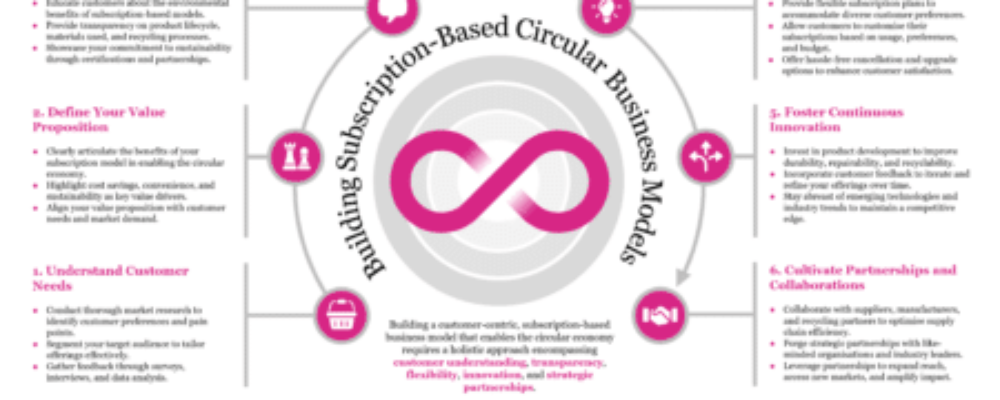For several years, it has been acknowledged that cross-departmental collaboration has been hard to achieve within the Government despite the criticality of its work. Although this could be attributed to a structural issue, (central government in Britain is divided into departments that take responsibility for specific policy areas) there are other contributing factors to why collaboration is not easy, and is a difficult issue to resolve. This article will highlight the need for digital collaboration, the current barriers against it, and the best ways to tackle these barriers.
Why is cross-departmental collaboration so important?
It is clear that the government has identified the lack of digital collaboration as a key problem area, and one to unlock value for the future. In January 2021, the Cabinet Office created the Central Digital & Data Office (CDDO) to lead the digital, data and technology function across government. Enabling digital collaboration between different government departments and bodies is crucial for several reasons:
Efficiency: With digital teamwork, government departments can chat faster, share information easier, and make decisions quicker. This can lead to streamlined operations and improved efficiency in delivering services to citizens.
Data Integration: Various governmental departments are often tasked with addressing interconnected issues. Digital collaboration tools facilitate the seamless exchange of data and information among these departments, enhancing their ability to collaborate effectively and make well-informed decisions.
Service Delivery: Digital collaboration can enhance the delivery of government services by breaking down silos between departments. This can result in more integrated and unified services that better meet the needs of citizens.
Innovation: Working across departments sparks creativity and new ideas. When different departments pool their skills and viewpoints, governments can use digital tools to come up with new solutions and make their current methods even better.
Transparency and accountability: Digital collaboration can enhance transparency and accountability within government by providing mechanisms for sharing information and tracking progress on various initiatives. This can help build trust with citizens and stakeholders.
What challenges do government departments face when enabling digital collaboration?
However, traditional government organisations face several barriers to digital collaboration:
Resistance to change: Established hierarchies may resist change, particularly if it disrupts existing workflows or power dynamics. There can be reluctance to adopt new digital tools or ways of working due to concerns about job roles, control, or perceived risks.
Silos and fragmentation: Hierarchical structures can lead to siloed thinking and departmentalism, where each department operates independently with limited collaboration with others. This fragmentation can impede efforts to create integrated digital collaboration platforms and processes.
Over reliance on legacy systems: Government organisations often rely on legacy systems to perform critical functions. These systems are frequently not integrated, making it difficult for different systems to interact. Additionally, addressing these systems is often costly and complex, discouraging department leads from adopting new unified systems.
Lack of communication: Hierarchical structures can sometimes inhibit communication and information-sharing across different levels of government. This can prevent the free flow of information necessary for effective digital collaboration. Moreover, only 4% of civil servants are digital professionals, compared to an industry average of 8-12%. This lack of digital expertise hinders departments’ ability to communicate and collaborate digitally.
How can civil servants tackle these challenges?
To help overcome these barriers, government departments need to champion organisational changes that promote a culture of collaboration and innovation. This may involve several strategic actions:
Flattening hierarchies: Reducing the levels of hierarchy within government organisations can encourage more open communication and facilitate faster decision-making. This can empower employees at all levels to share ideas and collaborate more freely.
Fostering cross-departmental teams: Creating teams that span multiple departments can help break down silos and encourage a more integrated approach to problem-solving. These teams can bring diverse perspectives and expertise, leading to more innovative solutions.
Incentivising collaboration: Implementing incentives for departments and individuals to collaborate can drive cultural change. This can include recognition programs, performance metrics that reward collaborative efforts, and financial incentives.
Investing in digital infrastructure: Upgrading digital infrastructure to ensure compatibility and integration across departments is crucial. This includes updating hardware, software, and network systems to support advanced technologies and facilitate efficient communication and data exchange.
Building training programs: Investing in training programs to enhance digital skills among civil servants can empower them to use new technologies effectively and confidently.
Leadership commitment and support: Strong leadership is essential for driving cultural change. Leaders must demonstrate a commitment to collaboration and innovation by setting clear expectations, providing necessary resources, and actively supporting digital collaboration initiatives. This includes communicating the benefits of digital transformation and addressing concerns about changes to workflows and job roles.
Encouraging a culture of continuous improvement: Promoting a mindset of continuous improvement and adaptability can help government organisations stay responsive to evolving challenges. This involves regularly reviewing and refining processes, encouraging feedback, and staying open to new ideas and technologies.
By implementing these strategies, government departments can create an environment that supports digital collaboration, ultimately leading to more efficient and effective public service delivery.
Interested in learning more about how to enable digital collaboration between government departments? Get in touch with our experts with deep experience and understanding of public sector challenges.
Clarasys is an international business consulting firm.
Please visit the firm link to site






